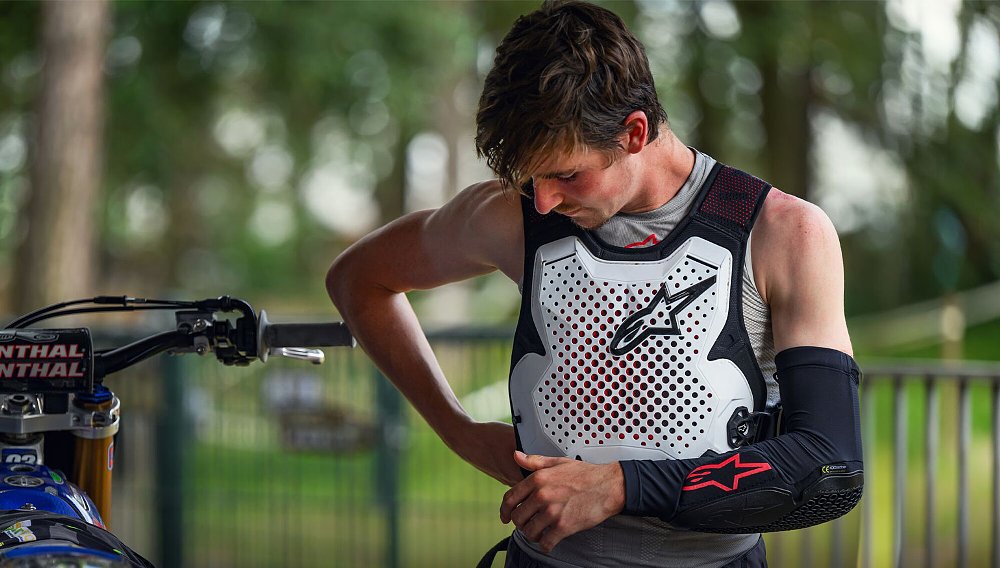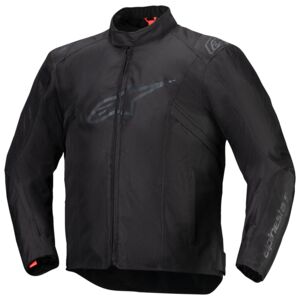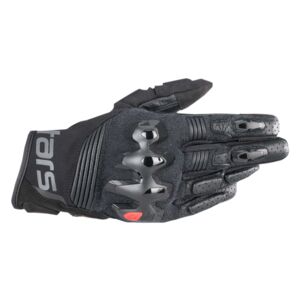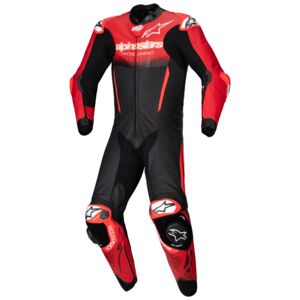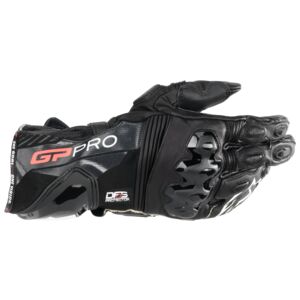Confession: For a long time, I've rarely worn an airbag. By rarely, I really mean never.
It wasn’t always that way. I was once the proud owner of an airbag jacket. The key word there is jacket. The airbag was already integrated into it. There wasn’t an extra garment to put on. Since retiring that jacket, I haven’t rotated an airbag back into my riding wardrobe. I was well aware of their protective properties, but it just seemed so inconvenient to put on another piece of gear and I found most airbag systems uncomfortable. One particular instance comes to mind.
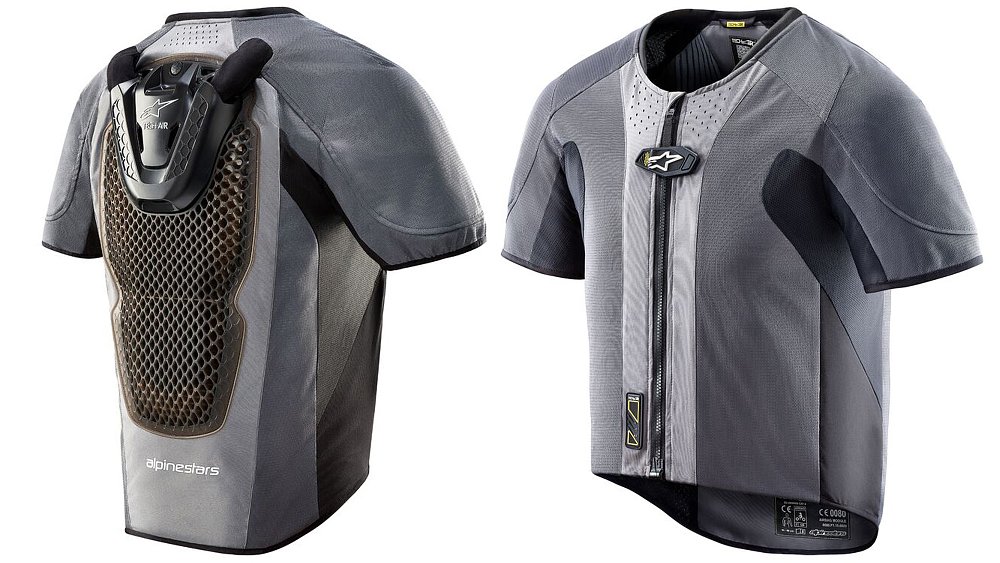
Loose threads
It’s not uncommon for us RevZilla West members to borrow one another’s gear. It's like the "Sisterhood of the Traveling Pants," but for riding jeans. When I attended the Yamaha Champions Riding School (ChampSchool) in October for two days of riding on the track, an airbag was highly advised. If only I owned one. Lucky for me, Ari’s Tech-Air 5 happened to be hanging in our gear closet and it took very little convincing for Mr. Henning to grant me use of it. Too bad it didn’t fit me better.
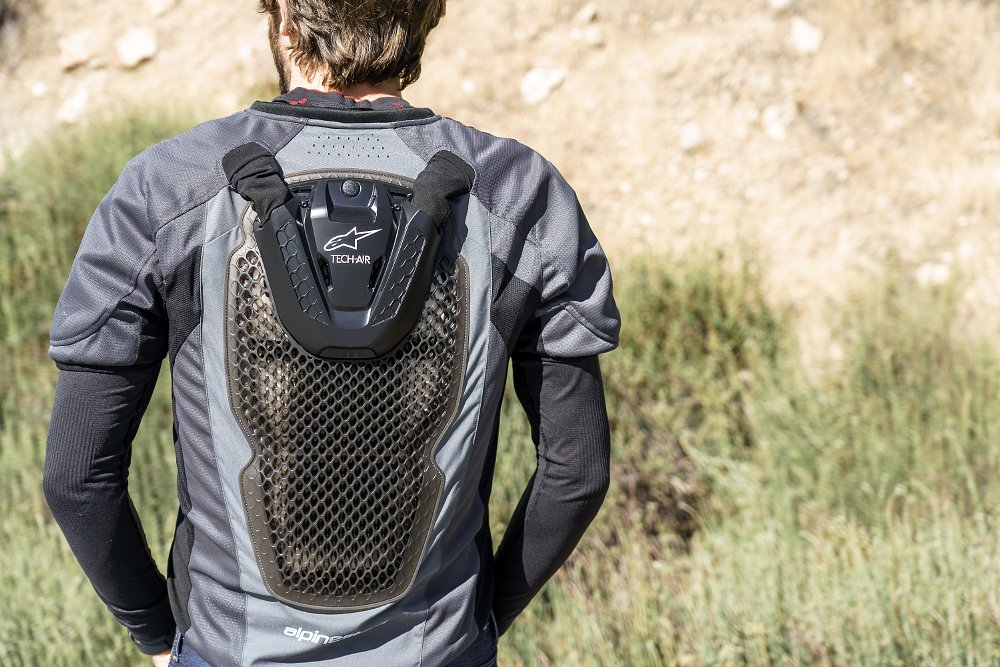
Ten minutes before it was time to roll out of pit lane and onto the Buttonwillow race course, I slid my right arm into the Tech-Air 5’s sleeve. The first thought to enter my mind was, "Baggy much?” I’m used to form-fitting base layers under my race suit. The Tech-Air didn’t qualify. That “relaxed” fit became more evident as I pulled up the zipper. It was roomy around the shoulders and wide at the waist. It felt like wearing a hand-me-down shirt from an older brother — a much older brother. It was stretched here and loose there.
“You won’t even notice it when riding,” I convinced myself. The problem was that I never made it that far. When it was time to toss my leathers on, I couldn’t pull its collar over the airbag’s bulky back plate. I twisted this way. I flailed that way. Nothing helped. I could have asked a classmate for assistance, but the thought of performing this dance before each session (all six of them) was enough discouragement. In its stead, I turned to my trusty Nucleon back and chest protectors. Problem solved.
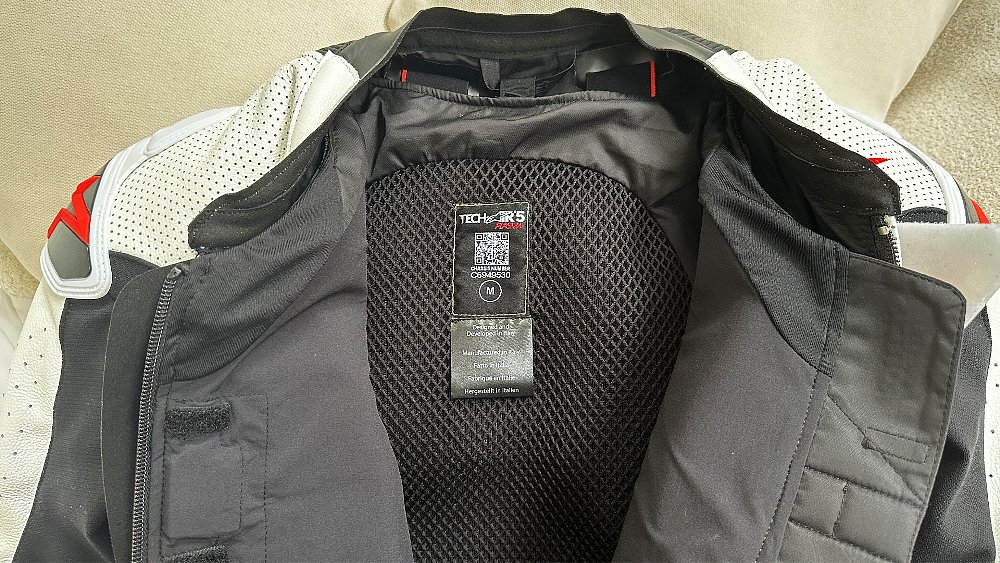
That’s the thing about airbag systems — and all gear for that matter — it can only protect you if you wear it. Alpinestars is aware of that fact. So much so that the brand redesigned the Tech-Air 5 from the ground up. Enter the Tech-Air 5 Plasma.
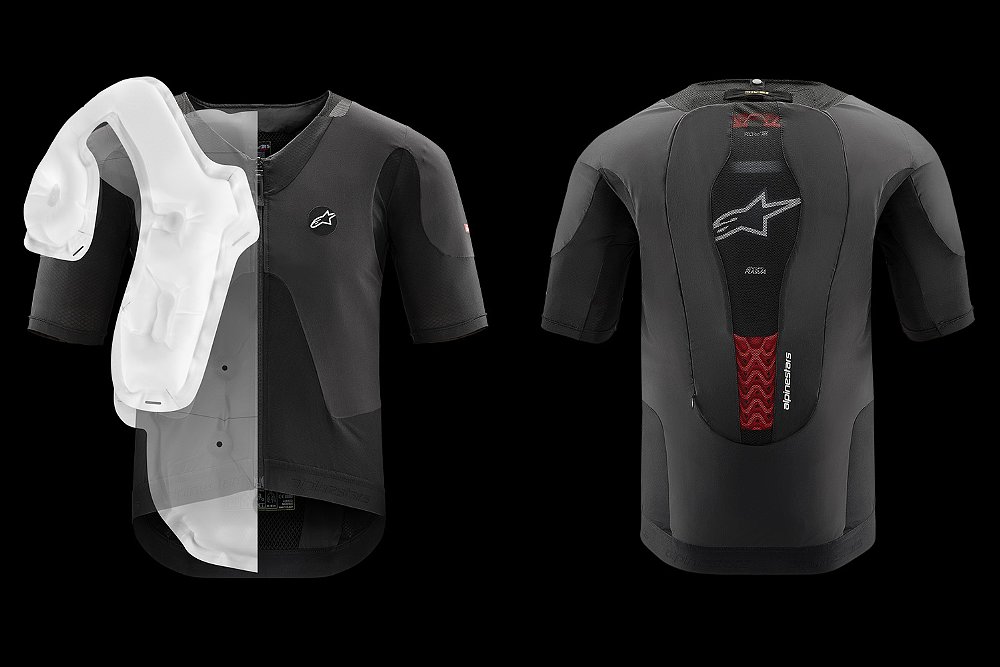
How fitting
To introduce the all-new airbag system, Alpinestars’ U.S. branch hosted a press launch at California’s Willow Springs International Raceway. The facility functioned as a basecamp of sorts, providing direct access to nearby trails, local roads, and the Streets of Willow circuit. That’s important because the Tech-Air 5 Plasma features three different modes (Street, Race, and Off-Road) that position it as the all-arounder in the Tech-Air family. But, before diving into the system’s performance, it’s worth addressing its renewed fit.
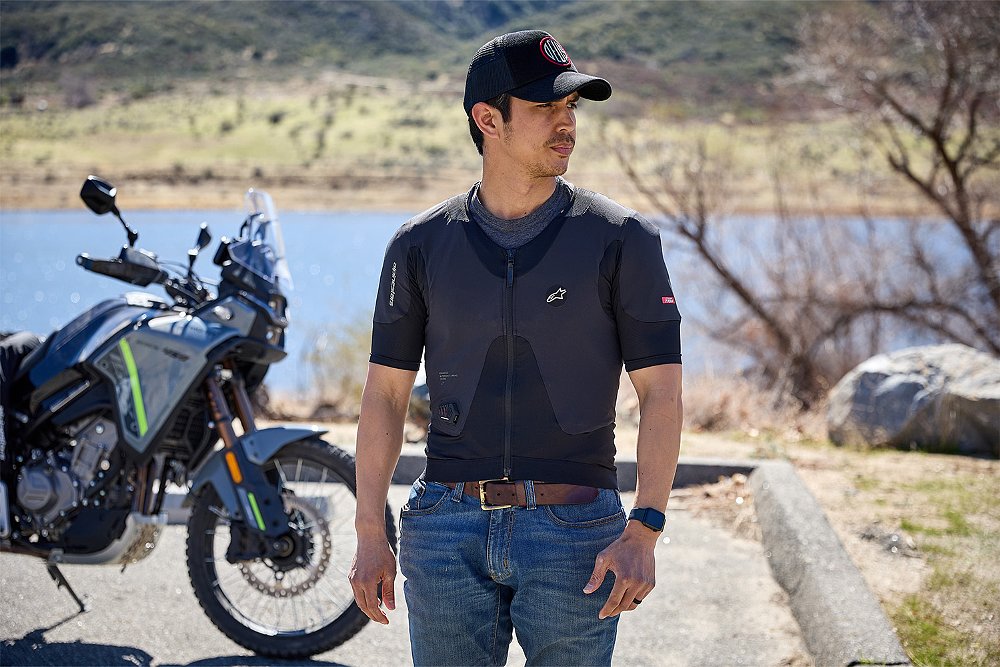
If the name didn’t give it away, Alpinestars’ Nucleon Plasma back protector is the nucleus of the Tech-Air 5 Plasma. The armor is made up of viscoelastic material, which behaves similarly to a viscous fluid or an elastic solid depending on the stress applied. Simply put, it’s malleable. Alpinestars Sales Communication Manager Brent Jaswinski said it best when he called the back protector “soft” and “pliable.” That’s all while delivering impact protection and high airflow.
While I can’t vouch for its force dispersal, I can vouch for its comfort. The Nucleon Plasma not only remained flush against my body but also molded to it. There’s nothing more pronounced than a stiff, flat back protector. It can be downright distracting. That’s not an issue with the Plasma. The same can be said of the Tech-Air 5’s new chassis.
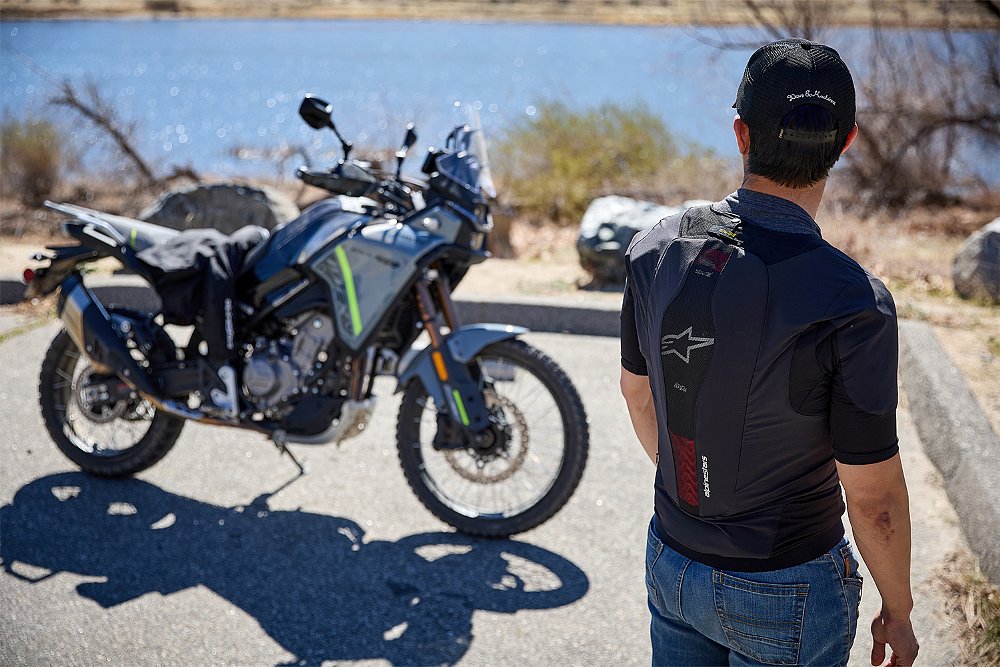
The original Tech-Air 5 was baggy in all the wrong places. By contrast, the updated model contours to the rider’s form. Much of that is due to the mono-layer stretch mesh placed at the front collar, underarms, and abdomen. The “ultra-thin” material preserves the rider’s range of motion while wicking away moisture and promoting breathability. That’s not just by Alpinestars’ account. It’s by mine too.
It’s easy to forget you’re wearing the Plasma. Shortly after putting it on, it disappeared from thought. Whether I was kicking up dust off-road, spinning laps around the track, or roaring down the street, the airbag went unnoticed.
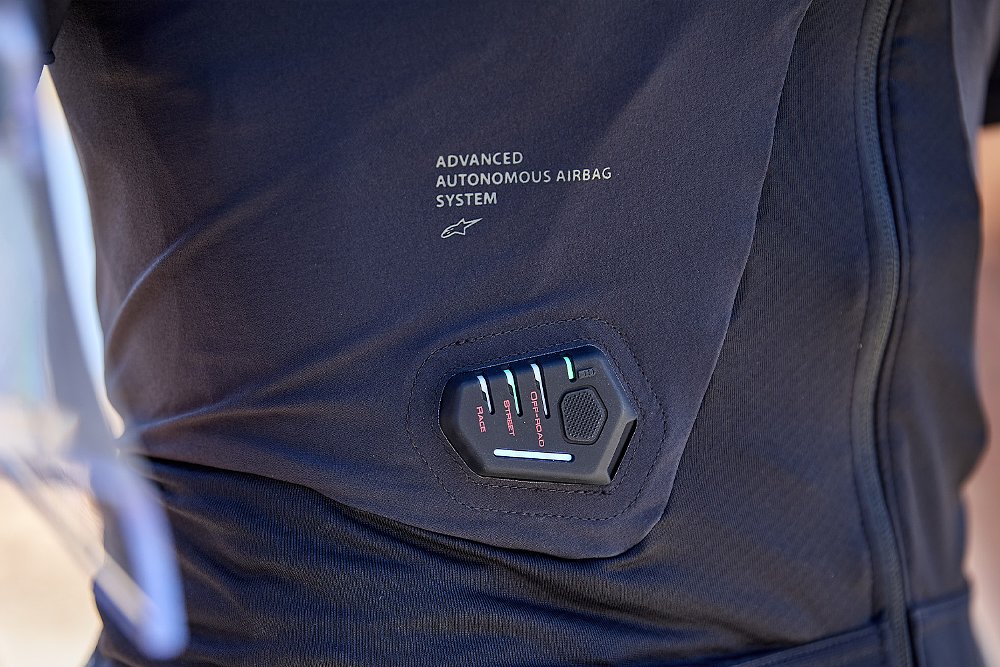
Reviewing a motorcycle is a very active process. You not only need to identify each sensation, you need to determine whether it’s a good or bad sensation. Reviewing gear requires much less discernment. If you notice the gear, it’s a bad thing. Full stop. That’s because when you're fixated on your helmet, jacket, or jeans, you’re not focused on the road.
When I say the Tech-Air 5 Plasma practically vanished, that’s a good thing. It didn’t pinch at the armpits when I tucked in on the home straight. It didn’t bunch at the back when I stood up on the trail. The airbag simply stayed out of the way and out of mind. I even kept the Tech-Air 5 on when relaxing in the pits between sessions. If I can draw any comparisons, it’s like wearing a compression shirt (you know, if your compression shirt had an AI-driven airbag strapped to it).
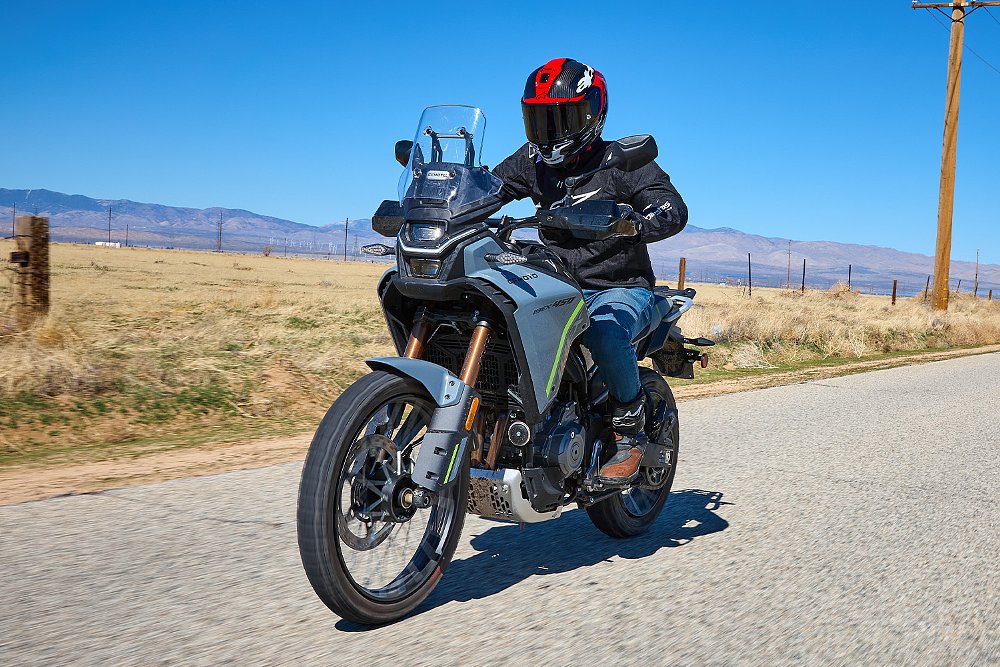
In its Plasma era, the Tech-Air 5 is a streamlined package that fits under nearly all riding jackets and race suits. Its Nucleon protector still crept up my back every time I pulled on my leathers, but at least I could get them over my shoulders. I couldn’t say the same for its predecessor. It’s that improved fit that makes me even consider wearing the airbag, but it’s the Tech-Air technology that makes me want to wear it.
Blow up
Underneath its revamped exterior, the airbag retains much of the technology that made the Tech-Air 5 such a popular option. It still utilizes six sensors (one tri-axial gyroscope and one tri-axial accelerometer) to measure movements fore and aft, side to side, and up and down. A micro-computer embedded in the back protector collects all that sensor data 1,000 times a second. It then analyzes it against an AI-driven algorithm to accurately detect an impending crash.
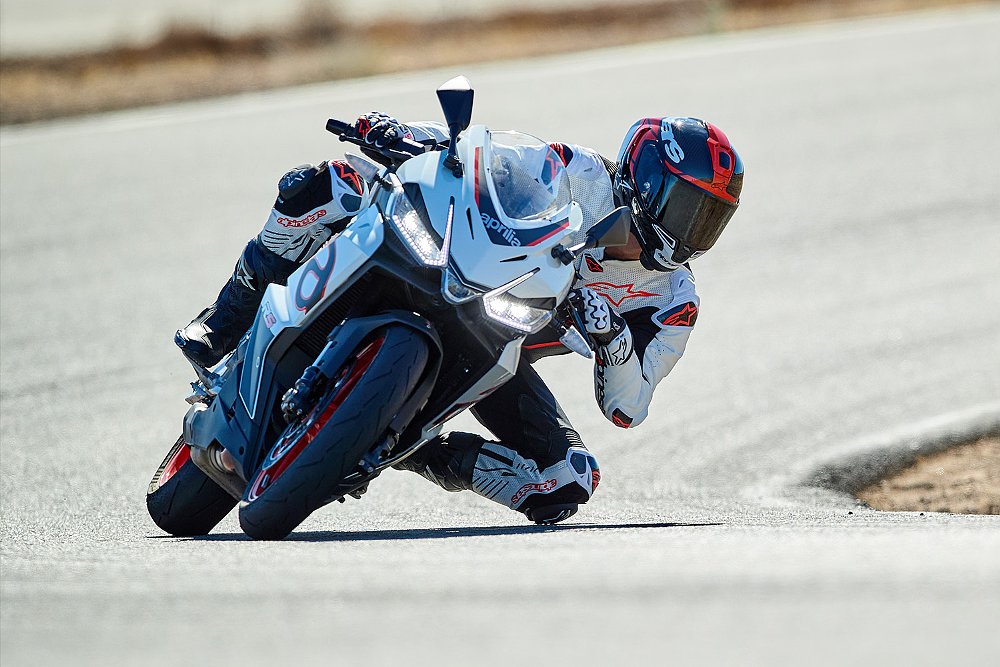
When the system identifies those factors, it deploys the airbag by detonating the argon canister housed in the Nucleon back piece. The airbag fully inflates in just 20 to 50 milliseconds, or two times faster than the blink of a human eye. The rapid deployment often occurs before the rider makes first impact, too. Much of that falls in line with the outgoing model, but the Tech-Air 5 Plasma brings a few more features to the table.
Following the first five deployments, the user can now replace the single-use 0.7 mol argon canister themselves. Only after the sixth inflation does the airbag bladder (made from a polyurethane-coated poly-canvas material) require servicing by Alpinestars. That’s far more convenient than the original Tech-Air 5, which forced owners to send the unit to an authorized Alpinestars service center after every discharge. Each service ran the customer $180 ($299 to replace the airbag after the first three services), whereas the user-serviceable Plasma reduces servicing costs to the price of a replacement canister ($119.95).
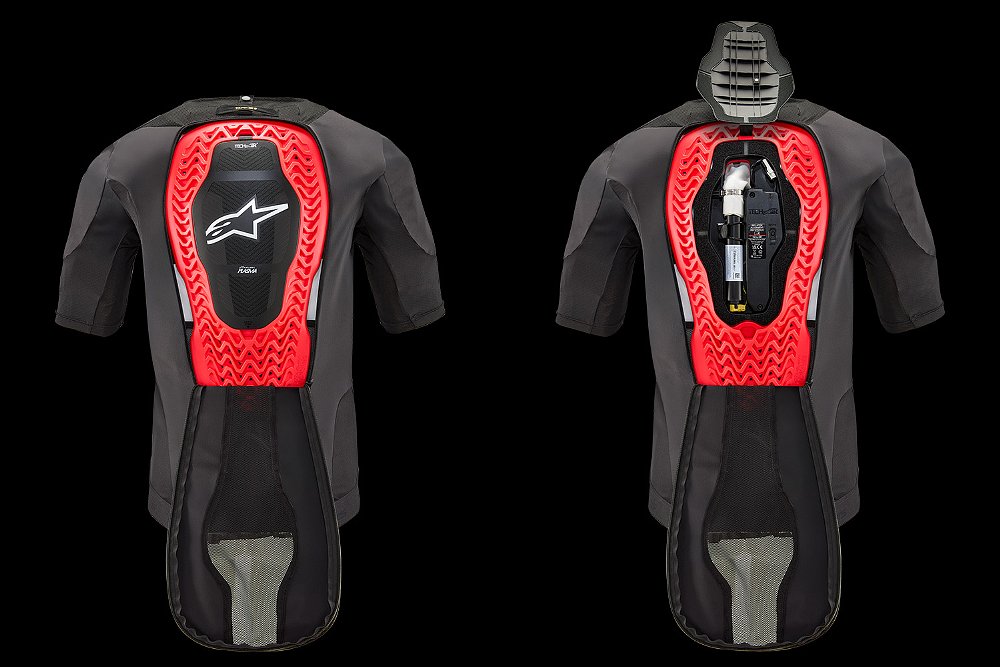
Much of the Tech-Air 5 Plasma functions similarly to the old Tech-Air 5, too. The Street mode and Race mode return with the latest road-oriented and track-focused algorithms, respectively. The former arms the airbag at all times, including at stops, where street-riding motorcyclists are particularly vulnerable. The latter only arms the unit after the rider reaches 30 mph, so as not to waste a deployment on a slow-speed spill in the pits.
In addition to Street and Race modes, the updated model now comes with an Off-Road mode. The new function draws from Alpinestars’ existing Street and Enduro algorithms, making the Tech-Air 5 that much more versatile. Per Jaswinski, Off-road is “fine-tuned not to deploy in smaller tip-overs, low-speed washouts, or lowsides.” And, I should know. I had one myself.
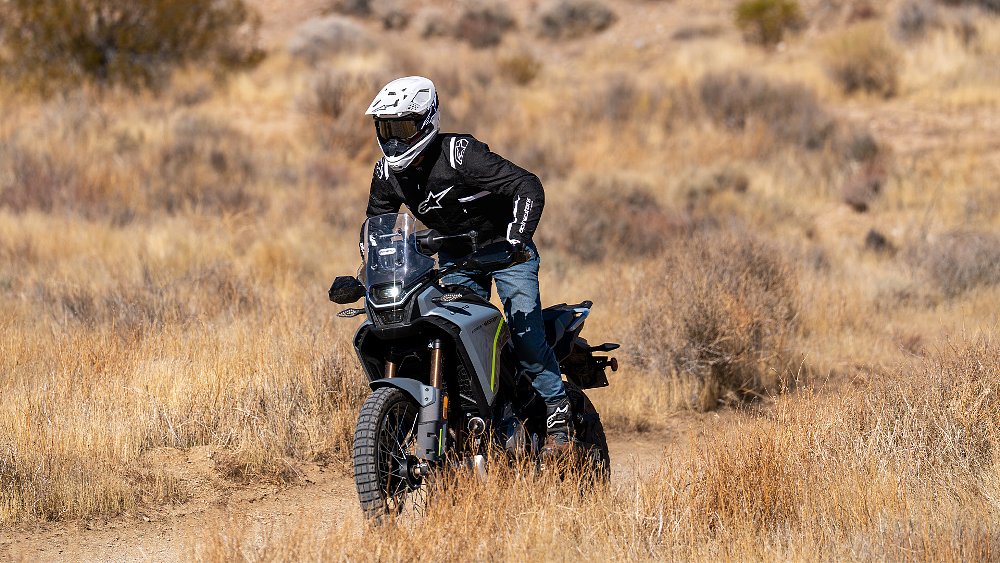
I’ll admit it. I thought I was hot stuff. After completing Jeff Stanton’s ADV course, after riding the South East BDR, I knew what I was doing off-road. At least I thought I did. I was keeping good lines. I was keeping a good pace. That is until my old foe — sand — reared its ugly head. I was done for as soon as my front wheel dug in. Before I could say "humble pie," I was lying face first in the dirt. So much for knowing what I was doing.
Rising to my knees, the first thing I did was pat my chest. To my surprise, the airbag didn’t deploy. That’s because I scrubbed off most of my speed by the time I encountered the deep sand. The result was a slow tip-over. Phew. My minor get-off wasn’t worth the Tech-Air’s time. It never felt so good to be unworthy. I simply rose to my feet, dug my bike out of the sand, and headed down the trail again. It was as if nothing had happened. Plus, I still had an airbag deployment in my back pocket, reserved for a more substantial crash.
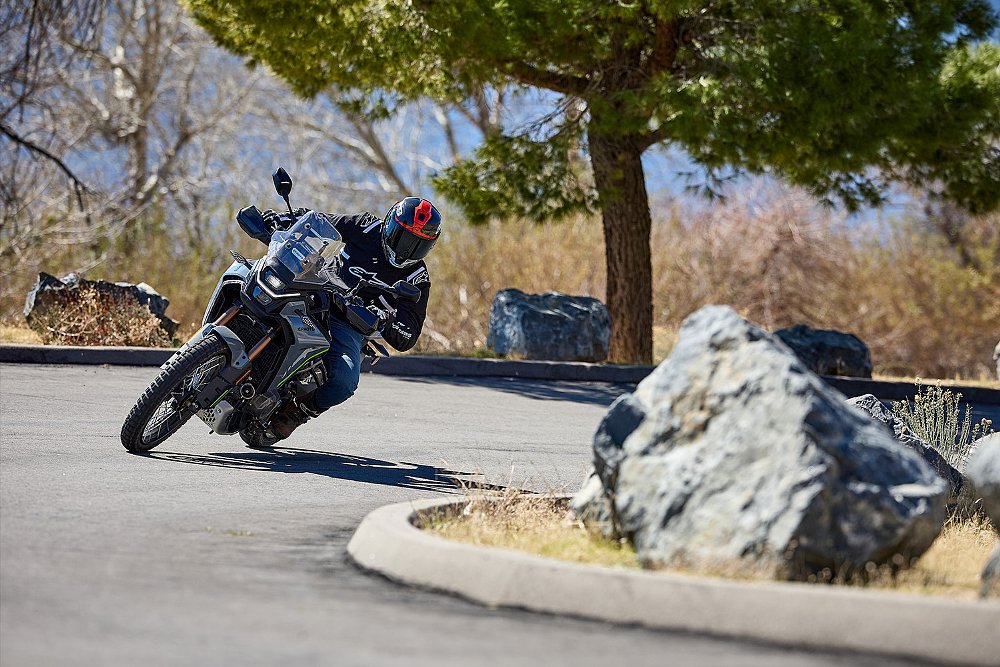
Fortunately, that time never came. Fate willing, that’s the case for the majority of Tech-Air 5 buyers. Of course, it protects in the event of a crash, but it also provides peace of mind. That’s enough reason to wear an airbag. After riding with the Tech-Air 5 Plasma on the street, trail, and track, I’m starting to see why.
Since the press launch, I haven’t mounted up without my Tech-Air 5. Sure, it’s another layer to wear. Yes, I have to regularly charge it. But, the comfort, safety, and peace of mind it provides is worth that minor inconvenience. I know my wife feels the same.
Now, when I ride, I often wear an airbag. By often, I really mean always.












